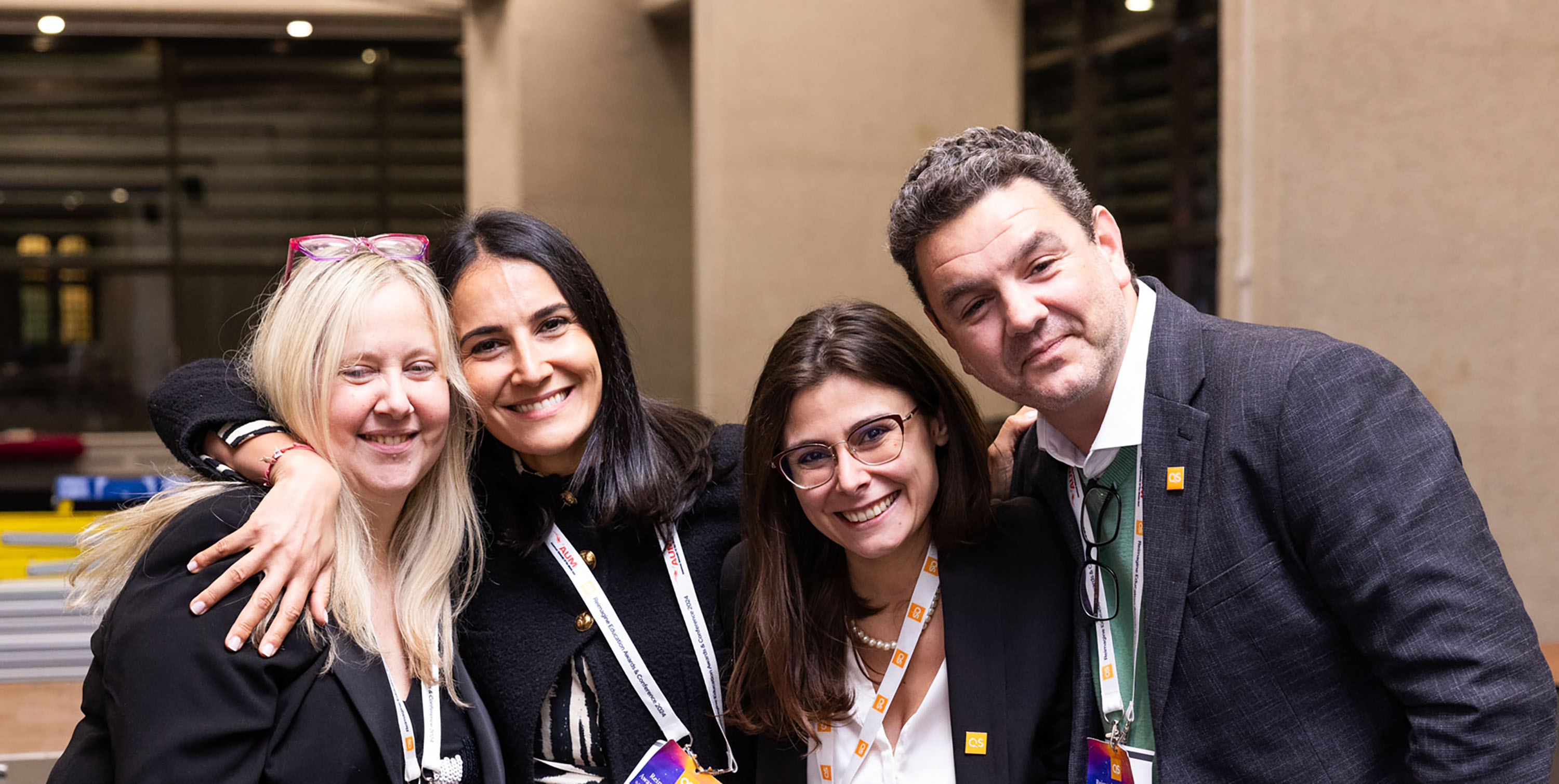In a recent episode of the EdUp PCO Podcast, Dr. Maria Spies, Co-Founder of HolonIQ and Chief Innovation Officer at QS Quacquarelli Symonds, shared her vision for the future of higher education in a rapidly changing world. Speaking with host Amrit Ahluwalia, Dr. Spies discussed how artificial intelligence, shifting labour markets, and new learner expectations are challenging universities to redefine their purpose and value.
“Labour markets are really shifting particularly for graduates,” she noted. Dr Spies made clear that, for universities, it's not only about changing what they do, but it's about articulating what they do better.
AI and the transformation of work
According to Dr. Spies, AI is reshaping roles, as well as replacing them. Entry-level roles are being automated or augmented, and new skill sets are emerging. Graduates must not only understand AI tools but also learn to design, manage, and ethically apply them in their fields.
"What was an entry-level role five years ago, 10 years ago and what will be an entry level role in five years, are two completely different things because of the impact of Al," Dr Spies noted.
As a result, AI literacy - technical, analytical, and ethical - is becoming a fundamental requirement for employability. Universities that integrate AI across teaching, operations, and student support will be the ones that stand out to future learners.
The global student landscape is changing
Dr. Spies pointed to major demographic and geographic shifts in global education. Youth populations in Africa and Asia continue to expand, while traditional student markets in the U.S., Europe, and Australia are contracting.
“The world’s youth population is concentrated in regions like Africa and Asia,” she said. At the same time, new regional education hubs are emerging as institutions in these areas rapidly improve in quality.
This transformation is driving more hybrid, transnational, and regional models—from dual degrees to cross-border micro-credential partnerships.
The rise of lifelong and continuing education
Dr. Spies highlighted a trend that HolonIQ has been tracking closely: the rise of continuing and professional education (CPE) as a core strategy for universities.
For a long time, continuing education divisions were on the periphery, she explained. "The time has come for continuing education and professional education units to shine if the universities can conceptualise them in an arc of learning, not as a separate thing."
By viewing learning as a lifelong journey - from undergraduate studies to continuous professional upskilling - universities can strengthen alumni engagement, create new revenue streams, and directly align education with workforce needs.
From funding to outcomes: A shift in incentives
Governments and funding bodies are increasingly linking financial support to measurable outcomes such as employability and earnings. Dr. Spies noted that this represents a major shift in higher education’s incentives.
“Historically, universities were rewarded for research,” she said. “That’s still incredibly important...but graduate employability is starting to become more of a measured requirement."
Technology, industry, and learning in the flow of work
Dr. Spies also observed a growing collaboration between universities and technology companies, as industry certifications (such as AWS, Google, IBM, or Microsoft credentials) become integrated into degree programs.
"Large technology companies are very keen to partner with universities," Dr Spies said. Such developments signal a new era where formal education and workplace learning operate as a seamless continuum.









.jpeg)









